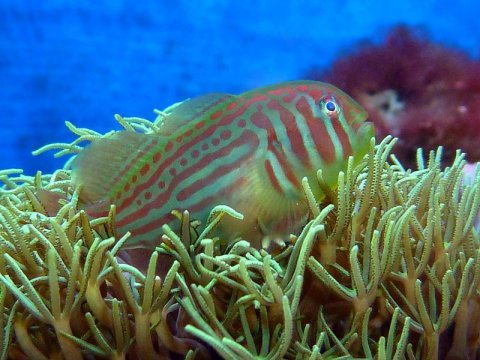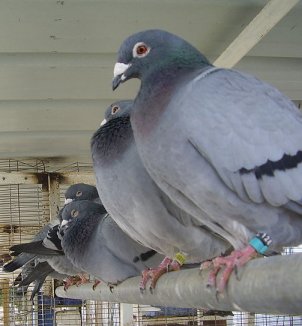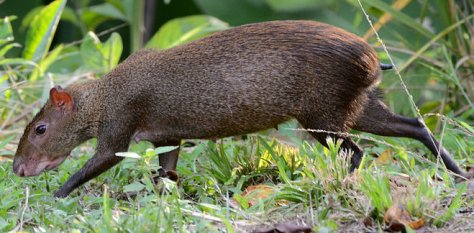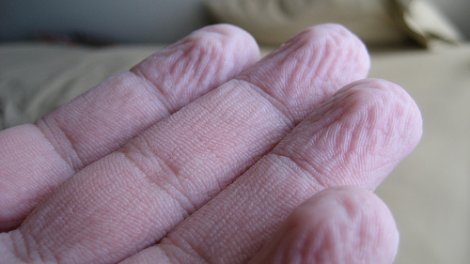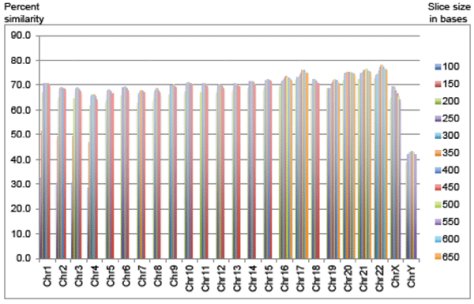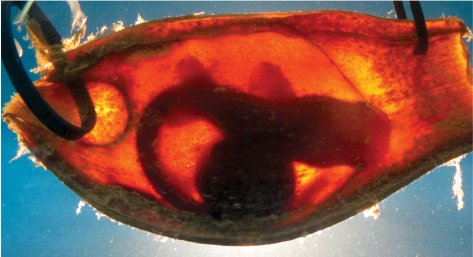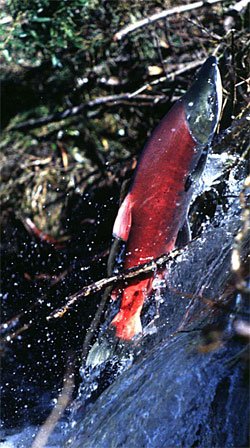
Of course, the total amount of radiation released isn’t the entire picture. After all, the Chernobyl area wasn’t nearly as densely populated as Japan. So while the Fukushima disaster released less radiation, that smaller amount of radiation could have a larger effect, given the fact that there were so many people who could have been exposed to it. Last year, a study was published in the Journal Energy & Environmental Science, and it indicated that the increased cancer risks caused by the Fukushima disaster would be minimal. Since cancer is the most common long-term consequence of radiation exposure, the report seemed to indicate that the long-term consequences of the disaster would be small.
A new study was recently published by the World Heath Organization (WHO). The authors of the previous study were not involved in this study, and the methodology of the new study is different from that of the previous one. As a result, it seems to me that this is a truly independent assessment compared to the previous one. However, the conclusions are roughly the same.
Continue reading “Another Study Estimates Minimal Risk from the Fukushima Disaster”

